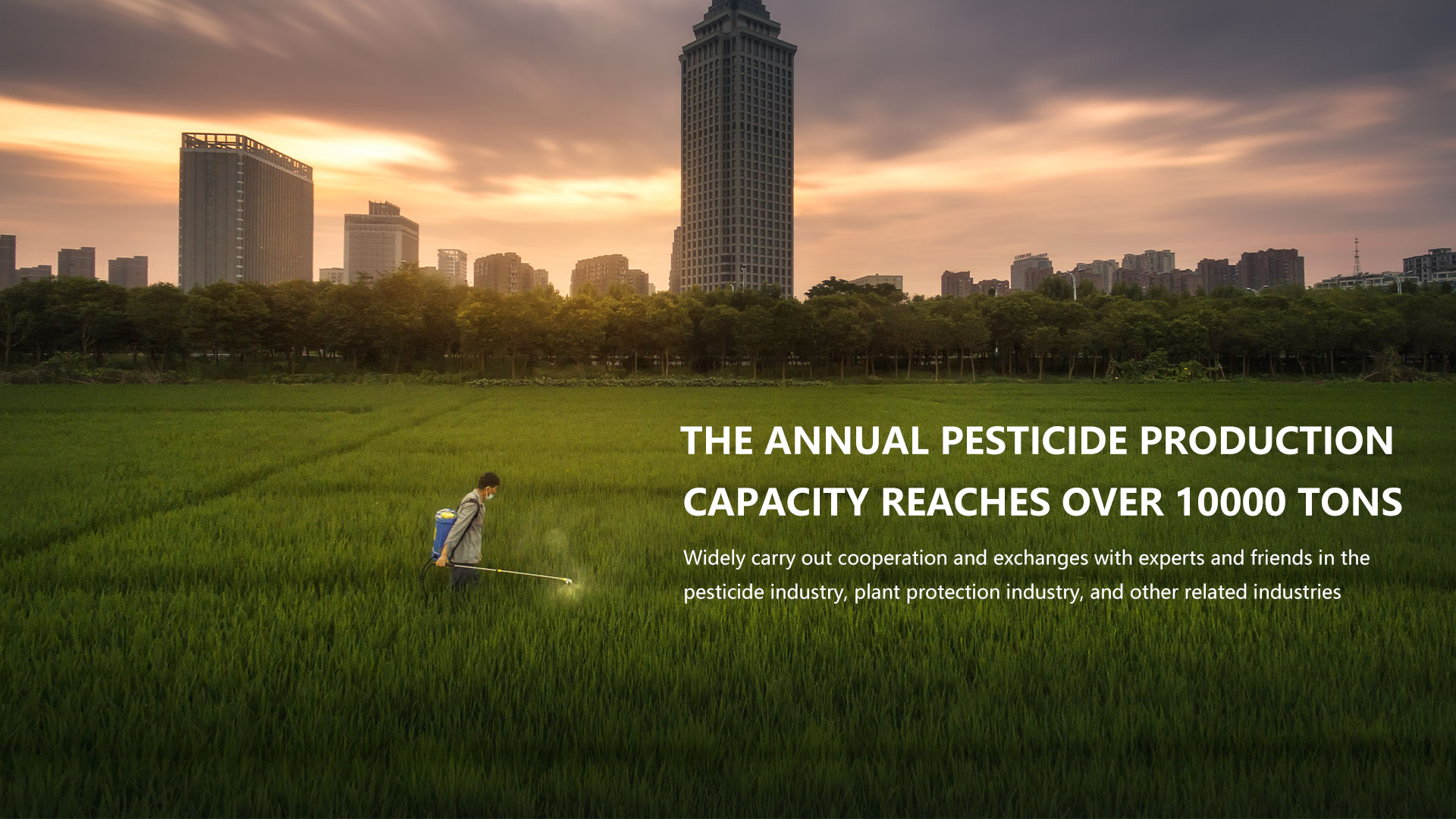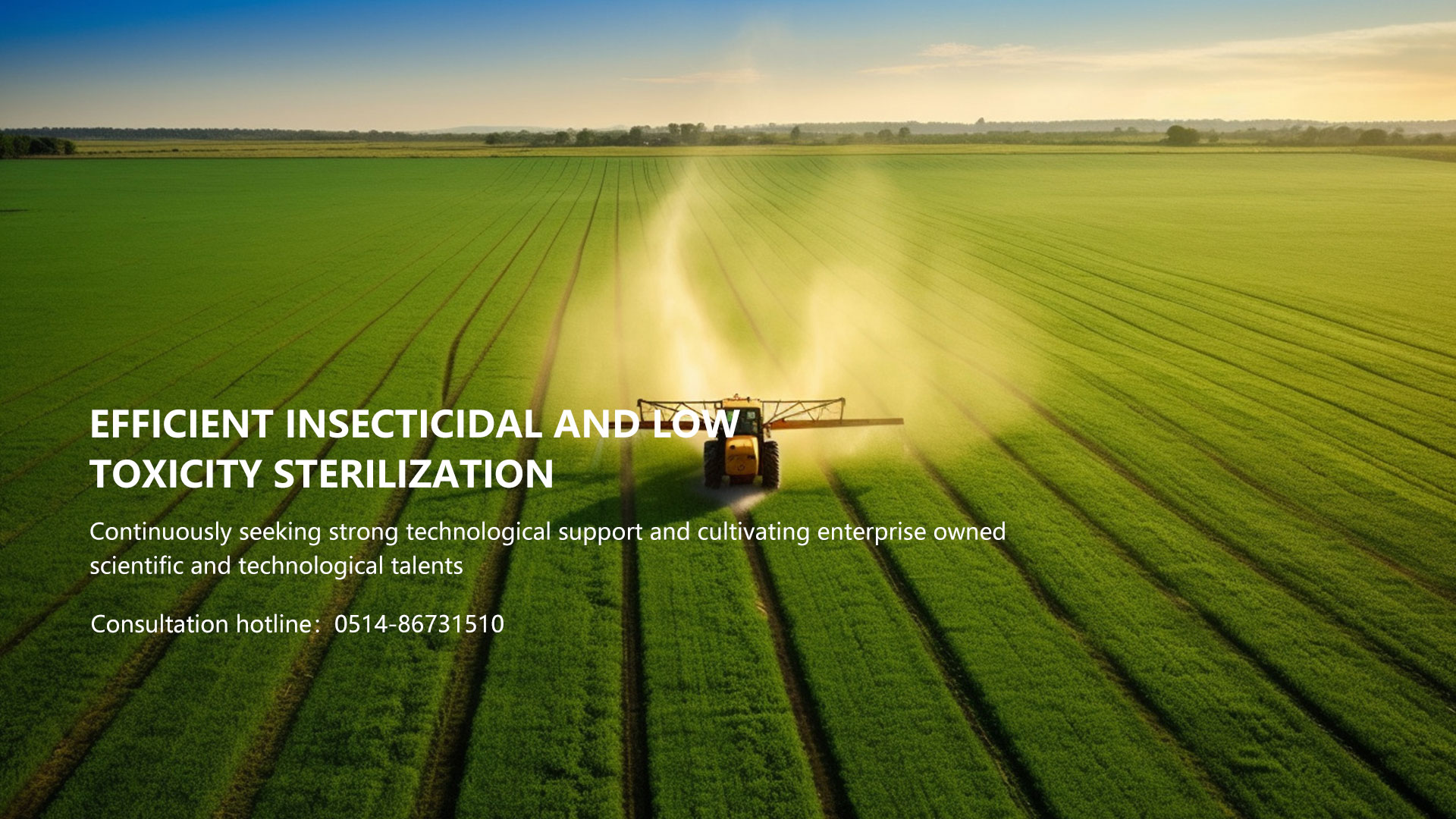At present, China's wheat from south to north has entered the heading and flowering period, wheat diseases and pests have also entered the peak of harm. The main diseases and pests of wheat in ear stage are "three diseases and three insects", namely stripe rust, scab, powdery mildew, aphids, wheat spiders and plasma suckers.
According to the expert consultation forecast, this year the national wheat ear period disease and insect pests accumulated 700 million mu, of which 300 million mu disease, 400 million mu insect. Among them, stripe rust, scab and powdery mildew are expected to occur 20 million mu, 70 million mu and 100 million mu respectively. Aphids, wheat spiders and plasma suckers are expected to occur on 250 million, 90 million and 35 million acres, respectively. The future control task of "three diseases and three insects" is expected to be 360 million mu, and the key control areas are the middle and lower reaches of the Yangtze River, Jianghuai, Huanghuai, Northwest and North China wheat areas. The key period of control is from late April to the end of May, and stripe rust, aphids, and fluke will last until early June in some northern wheat areas.
The technical points of wheat "three diseases and three insects" prevention and control during ear period are:
1. Wheat stripe rust. The northwest winter wheat area has fully implemented the preventive measures of "carrying drug investigation and protecting surface", combined with the "one spray and three prevention", effectively controlled the epidemic harm of stripe rust, and strengthened the monitoring and prevention of late maturing winter wheat and spring wheat areas. From late April to mid-May in the spring epidemic area of HuangHuaihai wheat stripe rust, the preventive measures of "finding one spot and preventing one spot" should be implemented to eliminate the epidemic center in time and reduce the epidemic risk. When the average rate of diseased leaves in the field reaches more than 0.5%, large-scale emergency prevention and control should be organized to prevent large-scale epidemic of diseases. When spraying the field, 80~100 grams of 15% triazolone powder per mu, or 30~40 grams of 25% enazolol powder per mu, or 40 ml of 12.5% enazolol suspension spray control, the prevention effect can reach more than 90%. According to the local drug sources, local areas can also choose triazolone, enazolol, pentazolol, flucyclozole, nitrile, propiconazole and other high-efficiency and low-toxicity fungicides according to local conditions.
2. Wheat scab. Generally, the control is carried out in the period from heading to flowering. Once the best spraying period is missed in the beginning of heading and flowering, the control effect will be greatly reduced. According to the weather conditions, in the case of continuous rainy days, we should adhere to the principle of flowering, prevention and control, and comprehensive drug prevention and control. In the wheat areas of the middle and lower reaches of the Yangtze River where carbendazim has been used for control for a long time, it is recommended to replace carbendazol, imidazole, cyanobacterium ester and other agents or to combine carbendazim with carbendazim to control scab. In the Yangtze River basin, Jianghuai and Huanghuai wheat areas, rainy, dew and foggy weather in the wheat heading ~ flowering period and lasting more than 3 days, it is necessary to "take the initiative" to take comprehensive preventive measures and play a good "insurance medicine". The prevention and control drugs should be given priority to cyanofungil, pentazolol, imidamine and other spray agents. If rain occurs within 3 to 6 hours after application, it should be sprayed in time after rain. In order to avoid the emergence of resistance, pay attention to rotation of drugs.
3. Wheat powdery mildew. When the rate of diseased leaves reaches 10% or the disease index reaches more than 1, spraying should be carried out. Commonly used agents are triazolone, enazolol, nitrile, etc., generally sprayed 2 to 3 times. For the wheat fields with high water and fertilizer, especially the susceptible varieties in common areas, it is necessary to carry out selective treatment of the disease spots in time to control its spread.
4. Wheat ear aphids. Strictly grasp the control indicators, when the number of 100 plants in the field reaches 500~800, when the ratio of natural natural enemy units to wheat aphid exceeds 1:150 (refers to wheat aphid more than 150), the use of acetamidine, imidacloprid, pyrifolone, anti-aphid and other agents spray control. Imidacloprid series products are generally treated with 1500-2000 times liquid, 10% of aphid net 60-70 grams, 20% of imidacloprid 2500 times liquid, and 25% of anti-aphid 3000 times liquid spray. In the field of wheat ear stage disease and insect disease mixed occurrence, combined with "one spray and three control", at the same time to cure and harm. Imidacloprid and acetamidine should not be used alone, but should be mixed with low toxic organophosphorus, pyrethroids, anti-aphicarb and other pesticides.
5. Wheat plasma fluke. We should pay special attention to the spraying of toxic soil in the pupal stage and the spraying of medicine in the early stage of adult emergence to minimize the emergence and spawning of adult insects.
Control technique of pupal stage. When there are more than 2 pupae in each small square soil sample (10×10×20cm3) at the booting stage of wheat, chlorpyrifos can be used to make toxic soil, spread evenly along wheat rows, and the watering effect is better after spreading toxic soil. Do not spread toxic soil with dew, in addition, with the help of branches, brooms, etc., bounce off the toxic soil floating on the wheat leaves in time to give full play to the drug effect.
Adult stage control technology. At the wheat tilting stage, when there are 10 to 25 adult worms per 10 nets, or when two hands are used to open wheat rows, and 2 to 3 adult worms can be seen at a sight, pesticides such as organophosphorus and pyrethroids are immediately used for control. 80% DDvos 50ml/ mu + 5% efficient cyanogen 50ml/ mu spray can be used, and appropriate amount of wheat bran or fine soil mixed with DDvos can be spread in the field in the evening. Fumigation control. Recurrent areas should be treated twice in a row, 3 days apart, to destroy adult worms before laying.
6. Wheat spiders. When the average number of 33 cm long mites is more than 200, you can choose to use avermectin, acaridine and other agents spray control. Use 73% grams of acate cream 1500 times liquid, or 1.8% abamectin 3000 times liquid, or 1.8% abamectin cream 8~10 ml, add water 50~75 kg spray.
Wheat ear stage is the peak of a variety of diseases and insects interleaving harm, the selection of fungicides, insecticides and plant growth regulators or foliar fertilizer and other reasonable mixed use, can not only prevent diseases and insects, but also resist the "dry hot air" and other natural disasters, to achieve a spray three prevention, cost saving and efficiency increase and quality preservation purposes. Therefore, all localities should give full play to the role of professional prevention and control organizations, earnestly implement the subsidy policy of one spray and three prevention of the central finance, timely carry out the professional control rule of one spray and three prevention, effectively control the harm of diseases and insects in the wheat ear period, and achieve the goal of "fighting for 60 days and then seizing the summer grain harvest".



